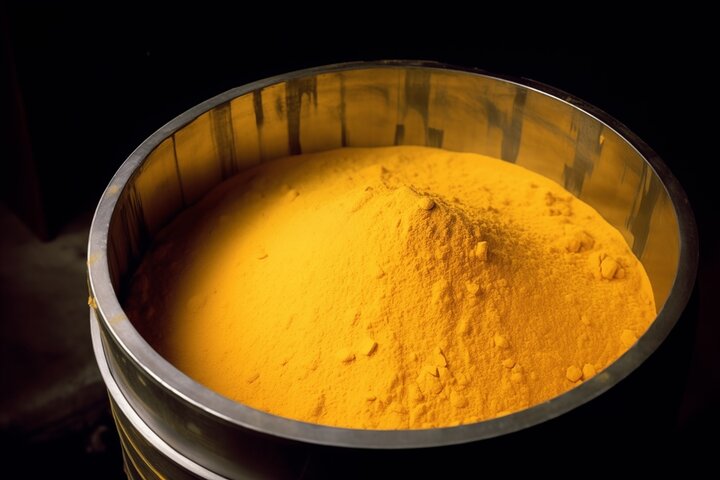Our net exposure to markets in the portfolio is often seen as a guide to how we feel about the world, though one must be careful not to confuse a net exposure of 85% in the flagship portfolio, the Platinum International Fund, as indicative of unbridled optimism (94% long, 9% short as at 27 May 2020).
The vast majority of recent activity in this Fund has been a reduction in short positions, in essence, ensuring we are positioned for any positive impact that vast amounts of money creation is currently having on asset prices. On the long side, the main activity has been continuing to build exposure to travel platforms and aero-engine makers. This group of companies is well-positioned on a multi-year view as travel restrictions unwind and this growth industry reasserts itself.
This does not mean we are not concerned about the state of the economy, or do not acknowledge, as everyone else does, that we are in the midst of one of history’s worst recessions. However, in the near term, we are trying to dynamically manage the extent to which we have the handbrake on and the extent to which the return potential of the long portfolio might be diluted, against the need to protect the portfolio. This is not an exact science, but relies on our calibrating positions against the market narrative and sentiment.
With progress on a vaccine, major Western economies getting back to work and huge stimuli, we are comfortable with less short exposure over the short term but are ready to act if any of a number of things deteriorate.
In the background looms increasing US-China tensions, fuelled by the US mishandling of the COVID-19 crisis, together with a President’s need to reassert his credentials so close to an election. This may be expressed via trade, talk of restrictions on ADRs (American Deposit Receipts), and China’s attitude towards Hong Kong. None of these are new and they are reflected in our assessment of the appropriate price for assets. Such tensions tend to give opportunities to buy strong Chinese domestic businesses and indeed increase the odds of Chinese stimulus, which could have similar positive effects on markets to the global coronavirus response. There can also be specific non-Chinese businesses that benefit in certain situations.
China makes up around 19% of the Platinum International Fund and 48% of the Platinum Asia Fund (out of a total 81% net as at 27 May 2020), the latter has been reduced reflecting its dominance in the portfolio and strong relative performance within the region.
DISCLAIMER: This article has been prepared by Platinum Investment Management Limited ABN 25 063 565 006, AFSL 221935, trading as Platinum Asset Management (“Platinum”). This information is general in nature and does not take into account your specific needs or circumstances. You should consider your own financial position, objectives and requirements and seek professional financial advice before making any financial decisions. You should also read the relevant product disclosure statement before making any decision to acquire units in any of our funds, copies are available at www.platinum.com.au. The commentary reflects Platinum’s views and beliefs at the time of preparation, which are subject to change without notice. No representations or warranties are made by Platinum as to their accuracy or reliability. To the extent permitted by law, no liability is accepted by Platinum for any loss or damage as a result of any reliance on this information.

